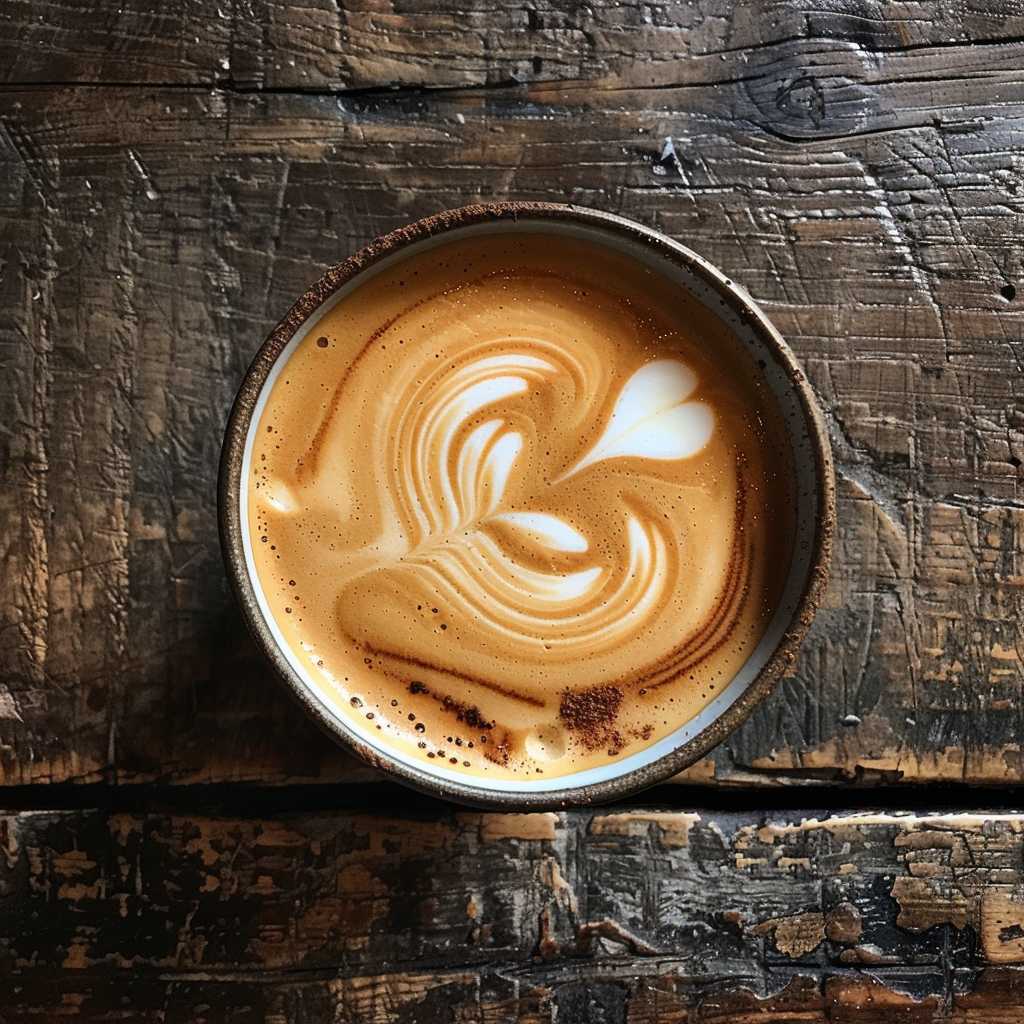A Comprehensive Guide to Flat White: The Beloved Coffee Drink
The Flat White is a popular coffee drink that has its origins in Australia and New Zealand. It has become increasingly beloved in coffee culture globally, particularly among coffee enthusiasts who appreciate the harmonious blend of espresso and milky creaminess into a velvety concoction. This article delves into the history, preparation, and cultural significance of the Flat White, as well as understanding its distinction from similar beverages such as the latte and cappuccino.
Origins and Global Popularity of Flat White
The question of the Flat White’s true origin is a subject of friendly trans-Tasman rivalry between Australians and New Zealanders, both of whom claim to have invented the drink during the 1980s. What is less disputed is that in recent years, the Flat White has traveled beyond its places of origin, capturing the taste buds of coffee lovers across the world — from London to Los Angeles, from Cape Town to Toronto.
Its popularity can be attributed to the rise of third-wave coffee culture — a movement that emphasizes quality, flavor, and artisanal craft in producing coffee. It was during this wave that global palates’ began craving subtler variations of traditional espresso drinks, and the Flat White fit perfectly due to its unique proposition of strength in flavor coupled with creamy consistency without the frothy cap of a cappuccino.
Preparing the Perfect Flat White
A truly authentic Flat White isn’t just any standard coffee drink; it requires specific techniques and a balance of ingredients to perfect. The cornerstone is a double shot of robust espresso as the base for intense coffee flavour. Then, texturized milk is created by steam to a velvety consistency without creating too much froth or volume expansion.
Perhaps what is most critical in differing from other milk-based coffee drinks is the milk’s texture. For a Flat White, milk must be steamed to create ‘microfoam’ which is smoother and more velvety compared to the dryer foam suitable for cappuccinos. After this process, it’s carefully poured over the espresso — resulting in a smooth beverage with a fine layer of microfoam that merges seamlessly with the potent shot beneath it.
Variations on Ghiness
While the essential foundation recipe for the Flat White remains quite consistent, regional preferences and personal tastes have led to slight variations in how the beverage is served globally. In some regions outside its Australasian origins, baristas might only use a single shot espresso or vary the proportion of milk.
Regardless of variation, the aim remains consistent — a perfectly balanced drink that allows both robust espresso flavors and silky textured milk to shine through without overpowering each other.
Distinction Among Milk-based Coffees
One might wonder how the Flat White stands out in contrast to other famous coffee orders like lattes or cappuccinos. The answer lies primarily in texture and proportion. A Flat White typically possesses more concentrated coffee due to a higher ratio of espresso relative to milk – usually set at a 1:3 or 1:4 ratio – along with that notable thin layer of creamy microfoam.
In contrast, lattes contain more milk and are often finished with a light layer of froth on top, leading to a milder coffee flavor. Cappuccinos have an even greater proportion of milk foam which creates three distinct layers: espresso, steamed milk, and froth on top.
Cultural Significance and Coffee Shop Trending
The Flat White has found its place in menus around the globe not just as another coffee drink but also as an indication of an establishment’s seriousness about coffee craftmanship. Having it on behalf makes it clear that an emphasis lies with pulling great shots and creating perfect textured milk. Thus, for many coffee shops around the world embracing third-wave coffee culture, mastery over a Flat White is essential.
As coffee culture continues to evolve, we observe trends like Decorated Flat Whites where baristas add their artistic touch by creating intricate latte art designs on top. This makes for not only a sensory delight but also visually appealing, allowing people to share their love for their favorite beverage on social media networks.
